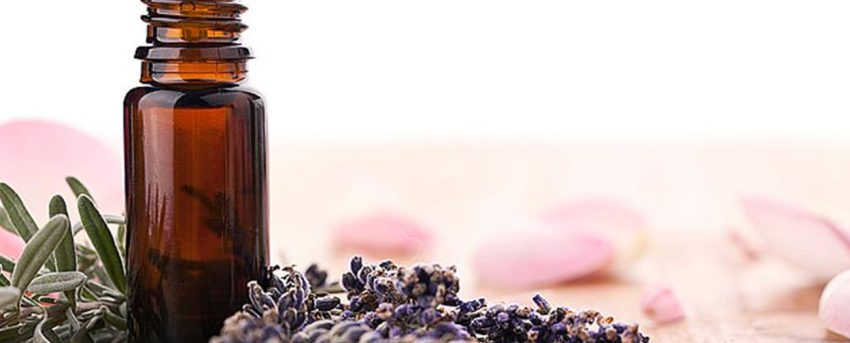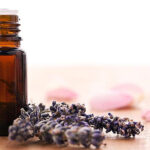History and current use of Aromatherapy

An excellent method to counteract the imbalance is that of aromatherapy, and this time we want to delve even deeper into this incredible ally. We hope you like it!
Aromatherapy consists of essences that penetrate through the skin and the sense of smell.
The sense of smell activates our emotions and connects us with our inner selves. The emotional links that fix our memories of aromas during the different stages with tremendous power to influence us in life.
Aromatherapy is a way to reconnect with the senses and stimulate pleasant sensations for ourselves, leaving behind situations such as tension, anguish, and nervousness.
It can balance physical, mental, and emotional disorders; for this, the essential oils of plants are used. The brain registers aroma twice as fast as pain.
Therefore, the inhalation of aromas can transform the power of emotions. People who surround themselves with pleasant aromas can create positive feelings in their lives and raise their self-esteem.
Aromatherapy as a source of inspiration
Since ancient times, medicinal plants and their properties have been used in different cultures for rituals. They burned other aromatic elements such as herbs, wood, and bark to smoke, purify and eradicate evil spirits.
The use of fragrant elements and substances has been closely linked to medicine.
The ancient Egyptians are the natural precursors and creators of what we know today as aromatherapy. They used different herbs and aromatic elements for their daily life and the process of embalming and mummifying the dead.
Plants such as frankincense, myrrh, galbanum, cinnamon, cedar wood, juniper berries, and tuberose were equivalent to gems and precious metals.
In time, the Egyptians refined the use of aromatic substances from incense to medicine and cosmetics. Hippocrates (460-377 BC) considered the whole body a single organism and believed that healing was done mainly using food, massage, and medicinal herbs.
He considered the human being as a whole entity and not as separate parts, the fundamental concept for true aromatherapy, that of Holism.
Perhaps the most brilliant and influential of all Greek physicians was Claudius Galenus (Galenus of Pergamum), who lived from 129-199 AD.
He is credited with the first cosmetic cold cream containing beeswax, olive oil, rose petals, and water. The Persians were the most lasting contributors to aromatic substances and medical knowledge.
Ibn Sina (980-1037 AD), also known as Avicenna (by his Latinized name), is of Persian origin. He earned the title of “Prince of Physicians.”
He was responsible for improving the distillation process and was the first person to produce rose oil by steam distillation.
In 1603 when the Black Death broke out for the second time in Europe, it was reported that only those who worked with aromatic substances and perfumery were those who did not succumb to the plague.
The term “Aromatherapy” was coined by a French chemist named René-Maurice Gattefossé (1881-1950), who studied the medicinal properties of essential oils for many years while working in the family business. An explosion in his laboratory caused a severe burn on his hand. He promptly dipped it in a jar of pure lavender oil, reducing inflammation and accelerating the healing process.
Most impressive: the wound left no scar. Was a prolific writer, and his passion for essential oil research led him to publish his most important work, “Aromathérapie: Les Huiles essentielles hormones vegetables” (Aromatherapy: essential oils plant hormones) in 1937.
Read also:
.





